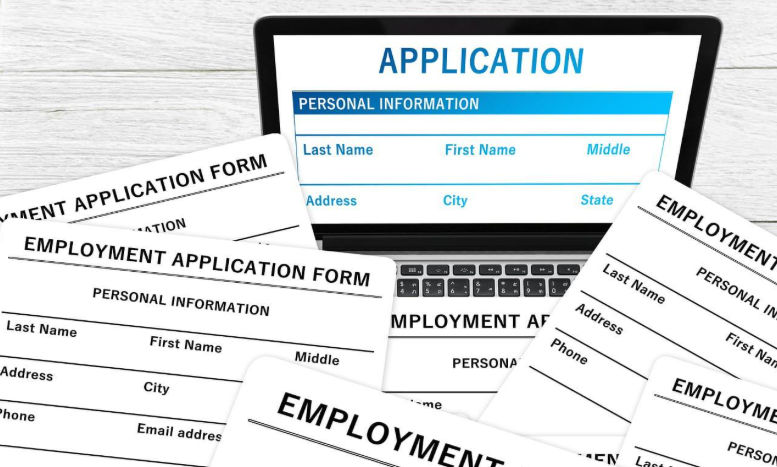Simple Yoruba Phrases and Proverbs for Daily Use
Using Yoruba in your daily interactions, especially with elders or native speakers, shows respect, cultural pride, and connection.
07-08-2025The key is not to give up. Rest if needed, reflect on your methods, seek support, and then restart with fresh energy.
Learning a new language is often likened to embarking on a long and exciting road trip. You start full of energy, eager to explore new places, meet new people, and acquire new skills. However, like any journey, you may face flat tires along the way, moments when motivation dips, progress slows, or frustration sets in. These flat tires are entirely normal in the language learning process. The key question is: What do you do when they occur?
The first step to solving any kind of problem is understanding and acknowledging what your problem is. Acknowledge that you’ve hit a rough patch. You don’t have to ignore it or beat yourself up because language learning is a process filled with ups and downs. Even fluent speakers have their bad days during their learning phase. Take a short break if you need to, but decide to come back stronger. A "flat tire" in language learning can come in many forms: Loss of motivation Feeling stuck at one level (language plateau) Forgetting words or grammar rules you thought you had mastered Poor exam results after weeks of studying Struggling with listening or speaking confidence Comparing your progress with others and feeling discouraged
Just like fixing a real flat tire, you need to know what caused the problem. Ask yourself: Am I using the wrong learning method? Have I been too hard on myself? Am I lacking practice in one particular skill (e.g., speaking, listening)? Am I bored with my study materials? Have I been comparing myself too much to others? Knowing the cause of a problem helps you choose the right solution.
Here are some simple ways to regain motivation: Change Your Study Routine: If you’ve been using textbooks only, try watching movies, listening to songs, or playing language games. Set Small, Achievable Goals: For example, "I’ll learn 5 new words today" or "I’ll watch a short video without subtitles." Celebrate Small Wins: Did you hold a short conversation? Did you understand a new grammar rule? Celebrate it! Remind Yourself Why You Started: Maybe it’s for travel, career, exams, or personal growth. Keep that reason in mind.
Sometimes, flat tires happen because there’s a hole in your knowledge. Maybe you rushed through a grammar topic or skipped listening practice. Take time to review those areas carefully. Go back to basics if needed. Don’t be afraid to slow down and relearn.
You don’t have to fix the flat tire alone. Talking to others on the same journey can give you encouragement and fresh ideas. • Join a study group • Find a language partner • Take online language challenges • Ask teachers or tutors for guidance • Use language apps that offer structured revision plans
A flat tire doesn't mean the end of your journey. It’s just a pause. Once you fix it, you get back on the road, wiser and more prepared for the next part of the trip. Remember, even professional language learners and translators have moments of doubt or difficulty.
Finally, flat tires in language learning are normal, and almost every learner will encounter them at some point. The key is not to give up. Rest if needed, reflect on your methods, seek support, and then restart with fresh energy. Every small step you take after a flat tire moves you closer to your language goals. Stay determined, and enjoy the journey…bumps and all!
Spread the Knowledge! 🚀
Found this article useful? Click the Share button below and let others benefit too!

Using Yoruba in your daily interactions, especially with elders or native speakers, shows respect, cultural pride, and connection.
07-08-2025
The best second language to learn for job opportunities abroad is one that aligns with your professional ambitions, target regions, and personal interests.
24-04-2025
A positive attitude not only makes the journey more enjoyable but also helps overcome obstacles, build confidence, and improve retention.
28-03-2025